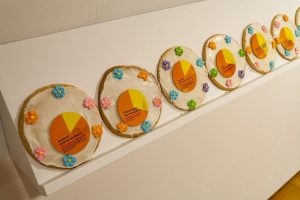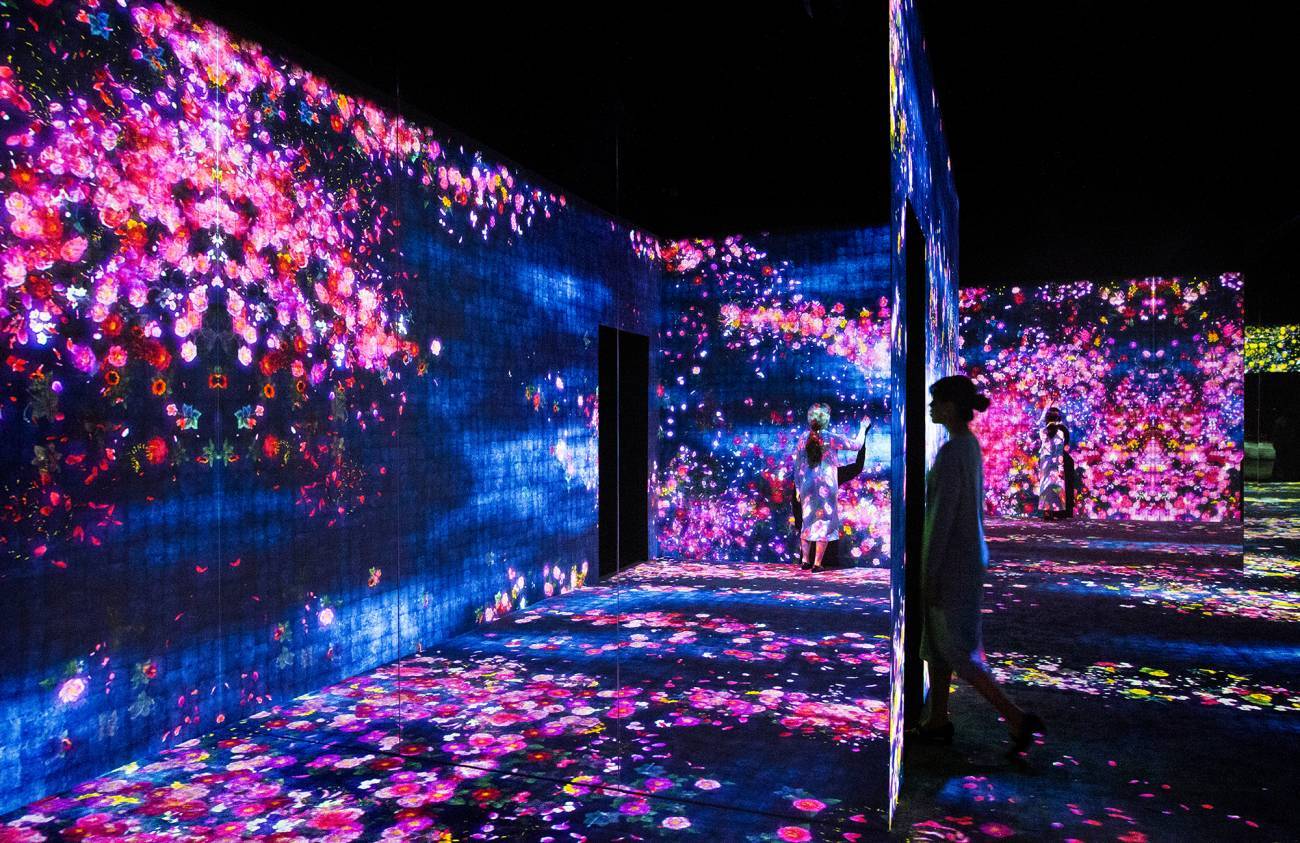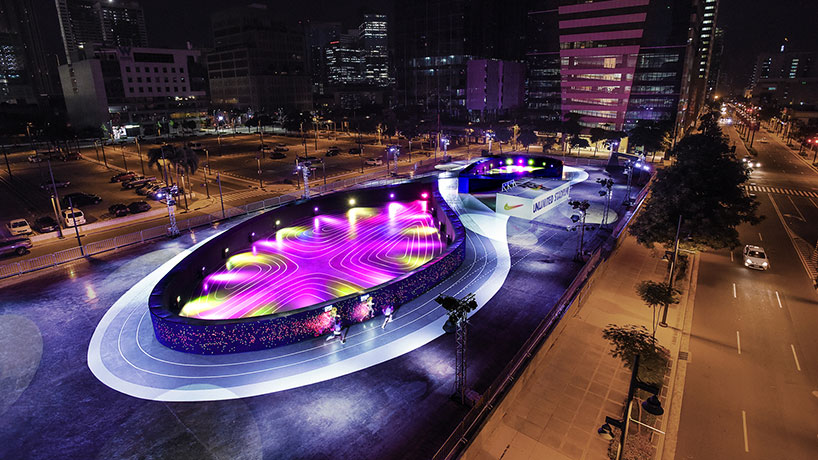This interactive installation and multi-sensory experience, New Spring, is a collaboration between architect Azusa Murakami and artist Alexander Groves. The video showcases the installation’s beautiful design and artistic standing by using amazing filmography to demonstrate the way the installation works and how it is interacted with.
“Inspired by the famous cherry blossom festival in Japan, the installation is designed to create a special moment that brings people together. A fleeting shared experience that evokes a sense of the changing seasons.” — Studio Swine
What I love about this installation is the feeling of “out of this world”, almost like a fantasy. It is both incredibly pleasing to look and practically pulls you in to try and experience it. The mist-filled bubbles look both heavy and delicate at the same time (and can be held using special gloves according to the website).
I personally feel that if it was able to capture all five senses, it would be an even stronger piece (perhaps if the mist of each bubble smelled different and the bubbles themselves would taste different).
For further reading on this installation: New Spring
The overall design of this installation is inspiring (while only using minimal resources!), and the video itself is alluring as well. I hope to create designs that can capture the attention of both the visual and physical senses as well one day.
![[OLD FALL 2017] 15-104 • Introduction to Computing for Creative Practice](../../../../wp-content/uploads/2020/08/stop-banner.png)








